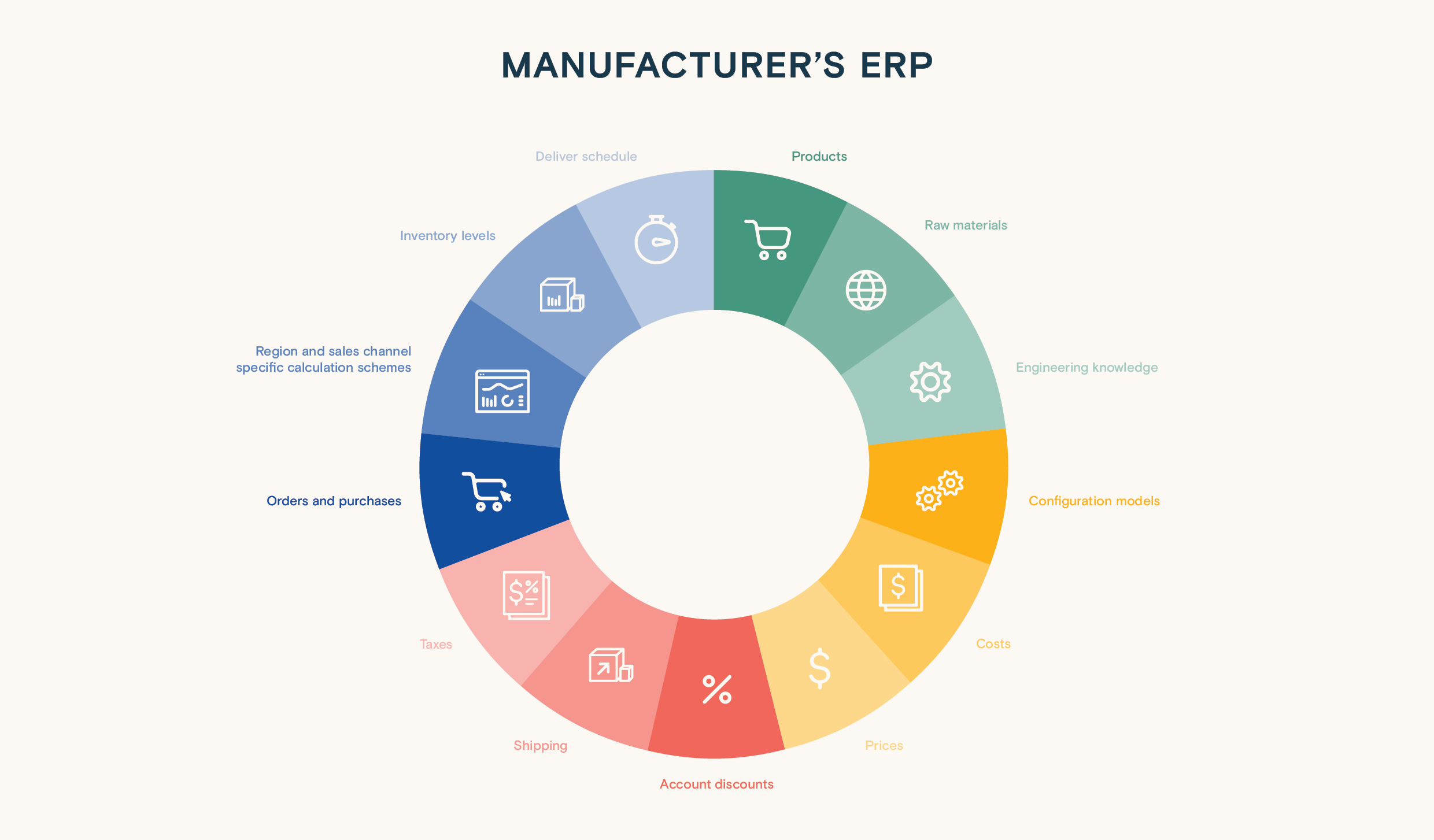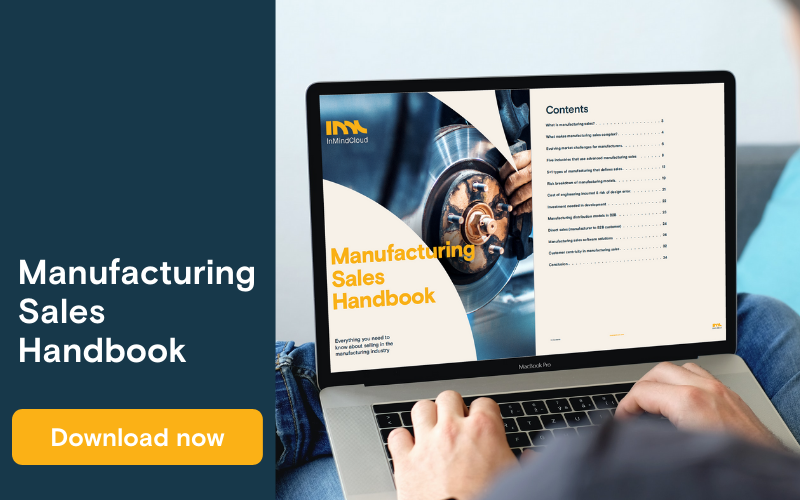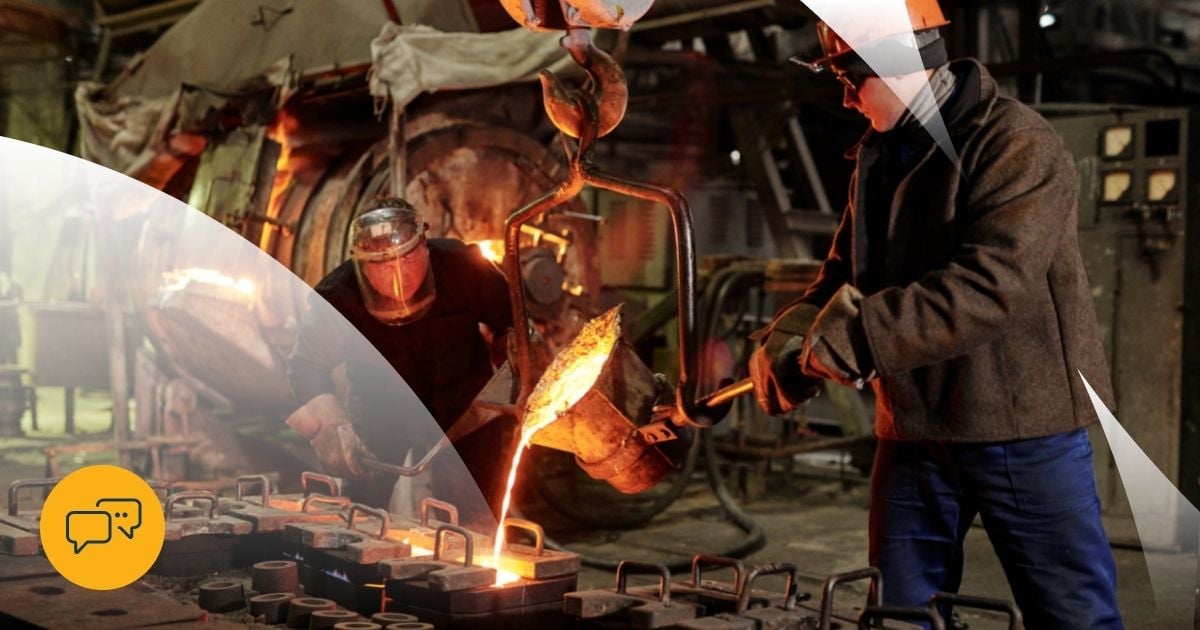The medical device and technology industry (in short, Medtech) seems to be unstoppable. By 2031, your industry is expected to be worth US$563 billion--a modest estimate in a time where medical care has become society's top priority.
To meet fast-growing demand, your business has to accelerate innovation in medical instruments, equipment, and devices. It may be used for diagnostics, monitoring, therapeutics, or even surgical instruments. It can even be bleeding-edge technologies such as 3D imaging, additive manufacturing, coatings, and surface treatments, micromanufacturing, and nanotechnology.
But regardless of how innovative your products are, the methods used to sell them remain largely unchanged. This can lead to your business losing its foothold to faster, more agile competitors in this highly attractive but competitive space. Over the years, your sales process may have become highly complicated due to high complexity in production and sales, a competitive market landscape, and high costs.
To overcome this challenge, your business can focus on supply chain efficiency and high business agility—while keeping costs and inventory levels low--to increase market share and expand your global sales force or distribution network.
But that's easier said than done. To completely transform the business, we would first have to understand the weaknesses and risks, before we can reveal the opportunities for Medtech business.
5+1 types of manufacturing that define sales in the Medtech and High Tech sector
Your business in the medtech sector employs sales strategies to navigate competitive market conditions. However, these strategies can also be influenced by the business model. Here is a brief description of the various business models manufacturers in this space are using to meet market demand.
Make-to-stock (MTS) in high-tech
Why this model is used
-
Demand for products is predictable and easily forecasted
How it works for Medtech & High-tech manufacturers
-
Expends capital to produce goods in advance
-
Capital is bound to the finished goods until they are sold
-
Incoming orders use existing inventory, keeping lead times low
Ideal for manufacturing products that:
-
Are mass-produced at low costs and high quantities
-
Are readily available with extremely low lead times
-
Require little to no engineering and design
Make-to-order (MTO) in high-tech
Why this model is used
-
Standard products and specifications are clearly defined
How it works for Medtech & High-tech manufacturers
-
Products are only produced when orders are received
-
Lowers risk of overproduction for manufacturer
-
Increased production costs and lead times
Ideal for manufacturing products that:
-
Cost more, but can be produced in large quantities upon order
-
Require some engineering and design
-
Can be manufactured and delivered fairly quickly
3. Make-to-assemble (MTA)/Assemble-to-order (ATO) in high-tech
Why this model is used
-
A flexible model that allows for speed and reduced waste
How it works for Medtech & High-tech manufacturers
-
Parts and components are pre-produced
-
Assembly only happens when orders are received
-
The manufacturer is ready to fulfill orders instantly
Ideal for manufacturing products that:
-
Are ordered in lower quantities
-
Requires some engineering and design
-
Do not offer options to configure
Configure-to-order (CTO) in high-tech
Why this model is used
-
Enables mass customization and faster response time
How it works for Medtech & High-tech manufacturers
-
Products configured and assembled according to requirements
-
Standard subassemblies made-to-stock and instantly available
-
Final assembly is postponed until an order comes in
Ideal for manufacturing products that:
-
Are ordered in lower quantities
-
Offer a large number of configuration options
-
Requires moderate engineering and design
Engineer-to-order (ETO) in high-tech
Why this model is used
-
The manufacturer has an extremely complex or specialized product or solution
How it works for Medtech & High-tech manufacturers
-
Project-based work starts only when order is received
-
Comprises a long timeline of design, engineering, and production
-
The final product is engineered according to unique specifications
Ideal for manufacturing products that:
-
Are ordered in low quantities
-
Requires a high degree of engineering and design
-
Has highly specific customer requirements
Manufacturing-as-a-Service (MaaS) in high-tech
Why this model is used
-
Highly optimized by emerging Industry 4.0 technology
-
The fast, low-cost, high-quality production of almost any product
-
Resource consumption can be kept under tight control
How it works for Medtech & High-tech manufacturers
-
The manufacturer is equipped to produce anything a customer wants
-
Uses shared infrastructure to reduce costs and improve quality
-
Process expertise instead of products is sold to the customer
Ideal for manufacturing products that:
-
Are highly innovative and new to the market
-
Requires high customization or personalization
-
Needs to be low cost even in low quantities
-
Has fast time-to-market requirements
Different manufacturing complexities in high-tech and medtech industries
Medtech manufacturers meet demand via the different models we've highlighted. And the reality is, leaders in your industry use a mix of models in each business unit. That means the entire business is subject to the risks and complexity of every model used in the business. The success of your business would require multiple sales strategies that consider functions like supply chain, stock management, production, design, engineering costs, and quality control.
For example, glassware manufacturers that use the MTS model need extremely precise forecasting, while lab equipment manufacturers that use the CTO model need powerful and accurate configuration capabilities to help manage demand. A business that produces both types of products, would need sales strategies that can handle both types of business models.
The amount of data needed for these highly complex strategies, however, far exceeds what legacy systems are equipped to manage. Forward-thinking manufacturers are now turning to Industry 4.0 era systems to help manage their data and the complexity that comes with the rising number of business functions and sales strategies.
These are challenges that a powerful digital sales platform can overcome through seamless integration with a manufacturer’s ERP, and existing IT systems that your sales team depends on (e.g. Salesforce CRM). Ultimately, it is a strategic choice that your manufacturing business needs to make before it can meet the demands of the market today, and take advantage of the opportunities that come in the future.

Valuable sales data Electrical Equipment manufacturers need to extract from their ERP
That’s because a leading digital sales platform built for manufacturing is built to support all manufacturing models. It comes equipped with near-instant integration as well as features and functions that cover the full spectrum of manufacturing sales needs. A modern digital sales platform can integrate seamlessly with your ERP, and extract relevant sales data to support your end-to-end sales needs with:
- Complex configuration & pricing calculations
- Customer management & accurate forecasting
- Online sales and channel management
With a powerful digital sales solution like the In Mind Cloud Digital Sales Platform, your electrical equipment manufacturing business can perform better. Your goal can be to reduce costs, increase revenue, improve efficiency, or simply to prepare your business with a competitive advantage--and our Digital Sales Platform is built to get you there.
Find out more about the role digital plays in modern manufacturing sales with the Medtech and High tech industries with our Manufacturing Sales Handbook.
Part of this blog post appeared in an article that was first published on the G2 blog

 Deutsch
Deutsch






